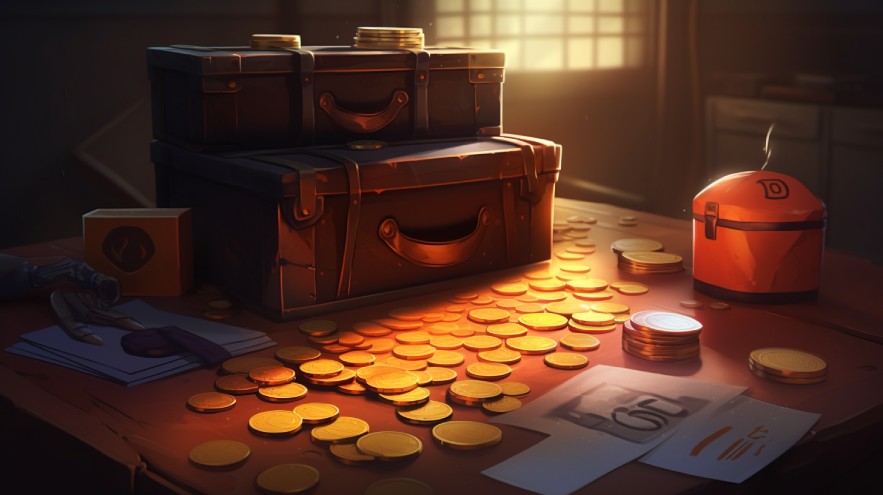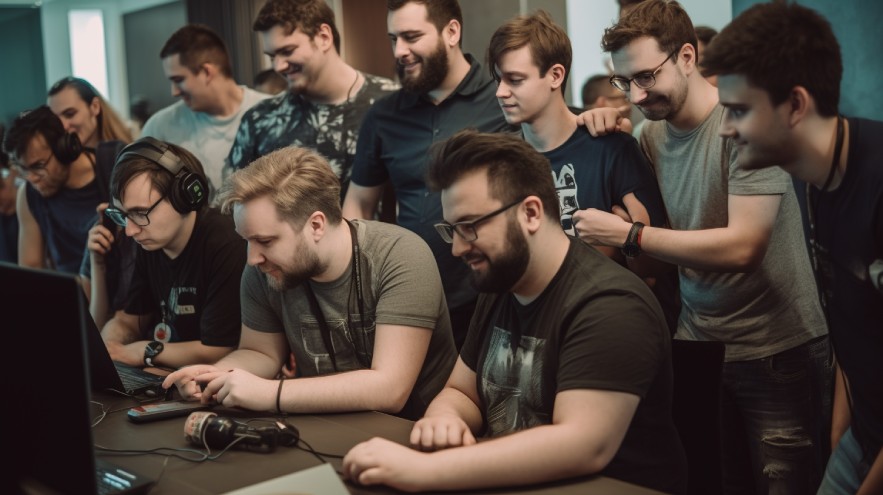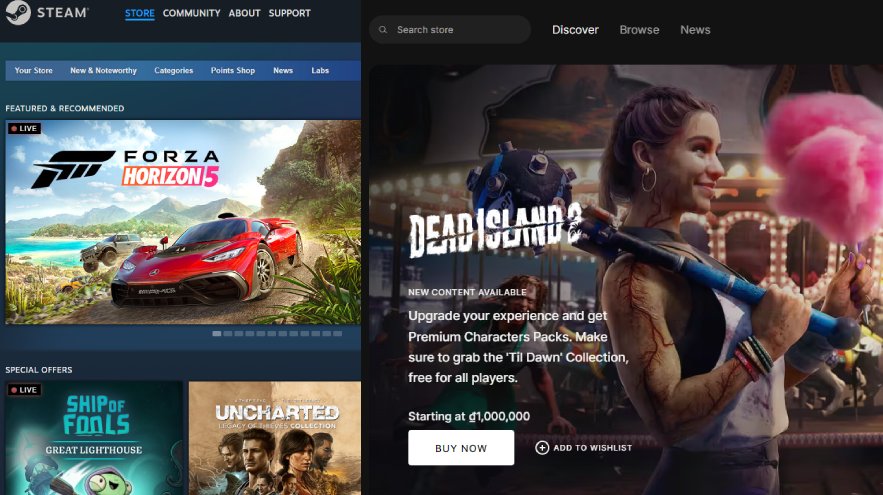Indie games have gained significant popularity and significance in the gaming industry.
Aspiring developers are drawn to the allure of creative freedom, innovative gameplay, and the potential for financial success.
In this article, we will delve into the financial landscape of indie games, understanding indie game revenue potential, the development process, and the key factors that contribute to success.
Understanding Indie Games
Indie games, also known as independent games, are developed by small teams or individual developers without the backing of a major publisher.
These games embody a spirit of creativity, often pushing boundaries and exploring unique concepts. Indie games thrive on innovation, offering fresh experiences that captivate players.

Examples of successful indie games include “Minecraft,” which has sold over 238 million copies worldwide, and “Stardew Valley,” which has generated over $30 million in revenue.
These games have significantly impacted the gaming industry, showcasing the potential of indie developers to create groundbreaking and financially successful games.
Developing an Indie Game
Developing an indie game requires careful planning and execution. The indie game development process typically involves the following steps:
1. Conceptualization
It begins with a compelling concept that captures the attention of players. Unique gameplay mechanics, immersive storytelling, and captivating visual aesthetics contribute to the game’s overall appeal.
2. Team Collaboration
Indie game development often involves a small team, including game designers, programmers, artists, writers, and sound designers. Collaboration and effective communication among team members is crucial for a successful outcome.
3. Game Development Tools
Utilizing game development tools and resources such as game engines, art tools, and version control systems streamline the development process, enabling developers to bring their vision to life efficiently.
To learn more about how to become an indie game developer, check out this “How To Get Into Game Development (10 Steps)” article.
Potential Indie Game Revenue
So, how much money, on average, do indie games earn?

Debunking the misconception of instant success, the financial success of indie video games is influenced by several factors:
1. Market Research
Effective market research is crucial for indie game developers to position their games strategically and maximize their indie games earning potential.
By analyzing player preferences and identifying gaps in the market, developers can tailor their games to meet the needs and desires of the target audience.
This market-driven approach increases the chances of success and revenue generation.
2. Monetization Strategies
Implementing effective monetization strategies is key to the financial success of indie games. Developers have a range of options to generate revenue, including:
- Upfront Purchases: Releasing the game with a fixed price allows players to buy the game outright, providing an immediate source of revenue.
- In-Game Purchases: Integrating in-game purchases, such as cosmetic items, expansions, or additional content, can create additional revenue streams and enhance player engagement.
- Downloadable Content (DLC) and Expansion Packs: Offering downloadable content and expansion packs extends the lifespan of the game, providing opportunities for continued revenue generation.
- Microtransactions: Microtransactions, such as in-game currency or virtual goods, can contribute to the game’s revenue by allowing players to make small purchases within the game.
A well-implemented monetization strategy can significantly impact the game’s revenue potential.
3. Genre and Platform
Choosing a genre that aligns with the target audience’s preferences and current market trends increases the likelihood of success.
Researching popular genres and identifying untapped niches can give indie games a competitive advantage.
Moreover, selecting the appropriate platform for game release is crucial. Different platforms cater to different audiences and have varying levels of competition.
By targeting platforms that align with the target audience and offer visibility opportunities, developers can increase their chances of financial success.
Average Range of Indie Game Revenue
While some indie games achieve remarkable financial success, it’s important to recognize that the average earnings for indie games can vary significantly.

Let’s explore the typical range of earnings for popular indie games and highlight some indie developer success stories:
- Among Us: Developed by InnerSloth, Among Us gained immense popularity, particularly in 2020, and has generated $86 million in revenue through its engaging social deduction gameplay and multiplayer experience.
- Undertale: Developed by Toby Fox, Undertale became a cult hit known for its unique storytelling, memorable characters, and innovative gameplay mechanics. It has sold millions of copies across various platforms and garnered moreover than $26.7 million in revenue.
- Cuphead: Developed by StudioMDHR, Cuphead captured attention with its gorgeous 1930s cartoon-inspired visuals and challenging gameplay. It received widespread praise and achieved commercial success, earning $20 million just in the first two weeks.
- Celeste: Developed by Matt Makes Games, Celeste is a critically acclaimed platformer known for its tight controls, heartfelt narrative, and challenging levels. It achieved both commercial and critical success, earning $16 million in revenue and selling millions of copies.
- Hollow Knight: Developed by Team Cherry, Hollow Knight is a beautifully crafted Metroidvania game with atmospheric visuals, intricate level design, and compelling gameplay. It gained a dedicated fan base and exceeded expectations for $2.8 million in revenue.
- Braid: Developed by Jonathan Blow, Braid is a puzzle platformer that received critical acclaim for its innovative time manipulation mechanics and thought-provoking narrative. It achieved commercial success with $4 million in revenue, significantly influencing the indie game development scene.
These examples have proven that indie video games have the potential to captivate audiences, generate substantial revenue, and make a significant impact in the gaming industry.
Unlocking the Earning Potential
To maximize the earning potential of an indie game, developers can employ various strategies:
1. Building a Strong Community
Developers can foster a dedicated fan base by actively interacting with players through social media, forums, and live-streaming platforms.

Moreover, incorporating player feedback and suggestions into game improvements enhances player satisfaction and loyalty.
Keeping the community informed about updates, upcoming features, and future projects further maintains excitement and investment in the games.
2. In-Game Purchases and DLCs
Another avenue for unlocking earning potential is through the implementation of in-game purchases, DLCs, and microtransactions.
These monetization strategies offer additional revenue streams. Developers can entice players with cosmetic items, character customization options, or expansion packs that enhance the gameplay experience.
Striking a balance between offering enticing content and maintaining fair and ethical monetization practices is crucial to preserve player trust and satisfaction.
3. Crowdfunding and Visibility
Crowdfunding platforms provide indie game developers with opportunities for funding and visibility.
Platforms like Kickstarter and IndieGoGo allow developers to showcase their projects and secure financial support from interested backers.
Crafting a compelling campaign that highlights the game’s unique features and rewards backers with exclusive perks is key.
Leveraging crowdfunding helps fund the game and builds a supportive community of backers who can advocate for its success.
Check out this “10 Best Communities and Forums For Indie Game Developers” article to find the most suitable indie game developer communities for you.
4. Licensing and Merchandising
Furthermore, indie developers can explore licensing and merchandising opportunities to expand their revenue potential.
By licensing their game’s brand, developers can extend their reach beyond the digital space. Collaborations with merchandise companies, toy manufacturers, or even adaptations in film and television can create new revenue streams.

Creating appealing merchandise such as t-shirts, posters, figurines, or soundtracks enables developers to connect with their audience and generate additional income.
Establishing partnerships with retailers or online marketplaces for merchandise distribution further expands the game’s reach and revenue-generating capabilities.
5. Marketing and Monetization
Effective marketing (paying attention to marketing opportunities) and monetization strategies are essential for indie game developers to maximize their reach and revenue.
Popular Digital Distribution Platforms
Platforms like Steam, Epic Games Store, and Itch.io offer wide visibility and access to a large player base.
Each platform has its own unique features, requirements, and revenue-sharing models.

So, conducting thorough research and analyzing the target audience can help developers make informed decisions about which platforms align best with their game and goals.
Self-Publishing Challenges
Self-publishing empowers indie developers to maintain creative control and a larger share of the revenue.
It allows them to engage with the audience and build a brand identity directly. However, game publishing also comes with challenges like marketing, distribution, and managing business.
Developing a comprehensive marketing strategy, including social media campaigns, press releases, influencer collaborations, and participation in gaming events, is essential for gaining visibility and attracting players.
Collaboration with Publishers and Indie Game Marketplaces
Collaborating with publishers and indie game marketplaces can offer indie developers additional resources, expertise, and exposure.
Publishers bring their marketing and distribution networks, funding, and industry knowledge to the table. Indie game marketplaces like Humble Bundle and GOG.com cater specifically to indie games and have a dedicated user base.
These partnerships can help indie developers navigate the competitive market, increase their game’s visibility, and reach a broader audience.
Conclusion
In conclusion, the financial potential of indie game revenue is vast, but success requires dedication, innovation, and effective marketing strategies.
While the average earnings may be modest, there are opportunities for exceptional financial gains for the top-performing indie games.
Aspiring indie game developers should pursue their passion, understand the challenges, and create captivating games that resonate with players.
Loading survey...

